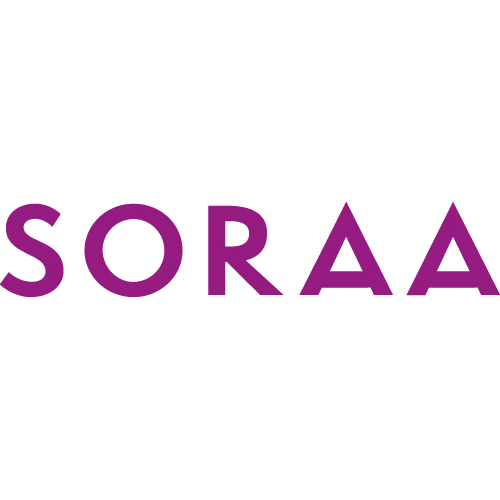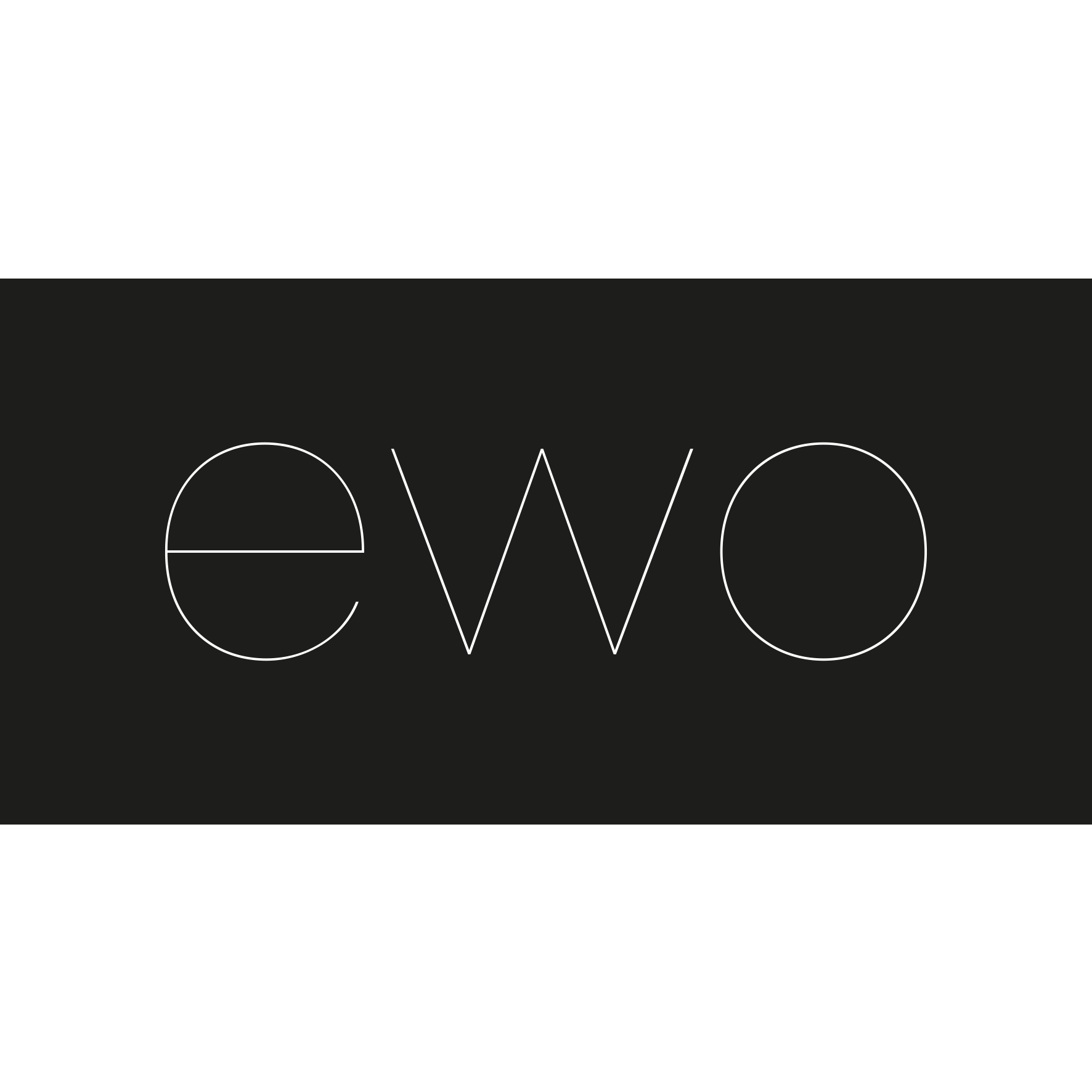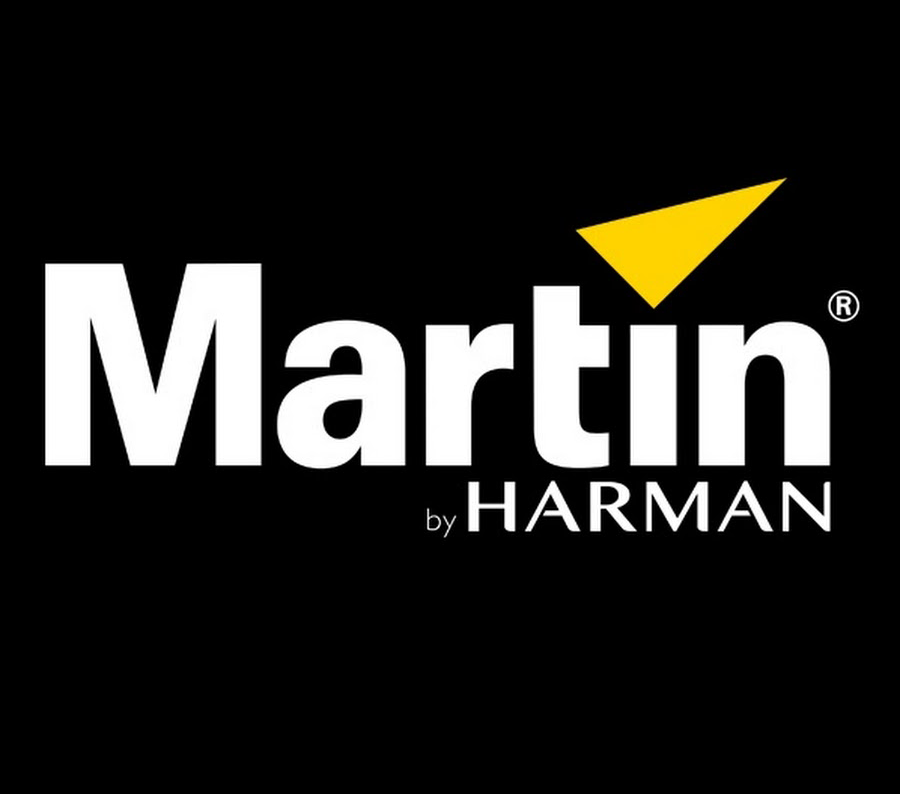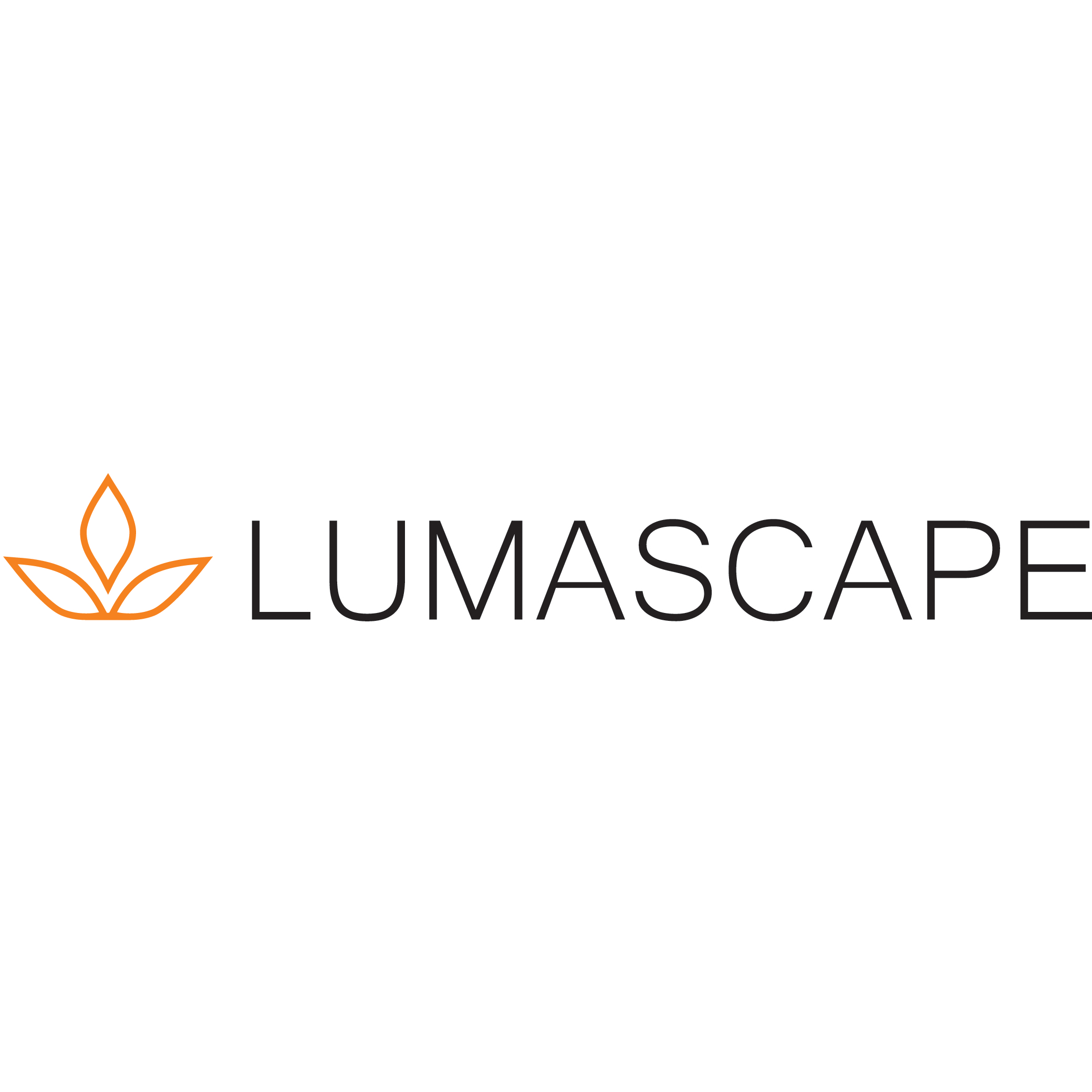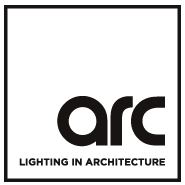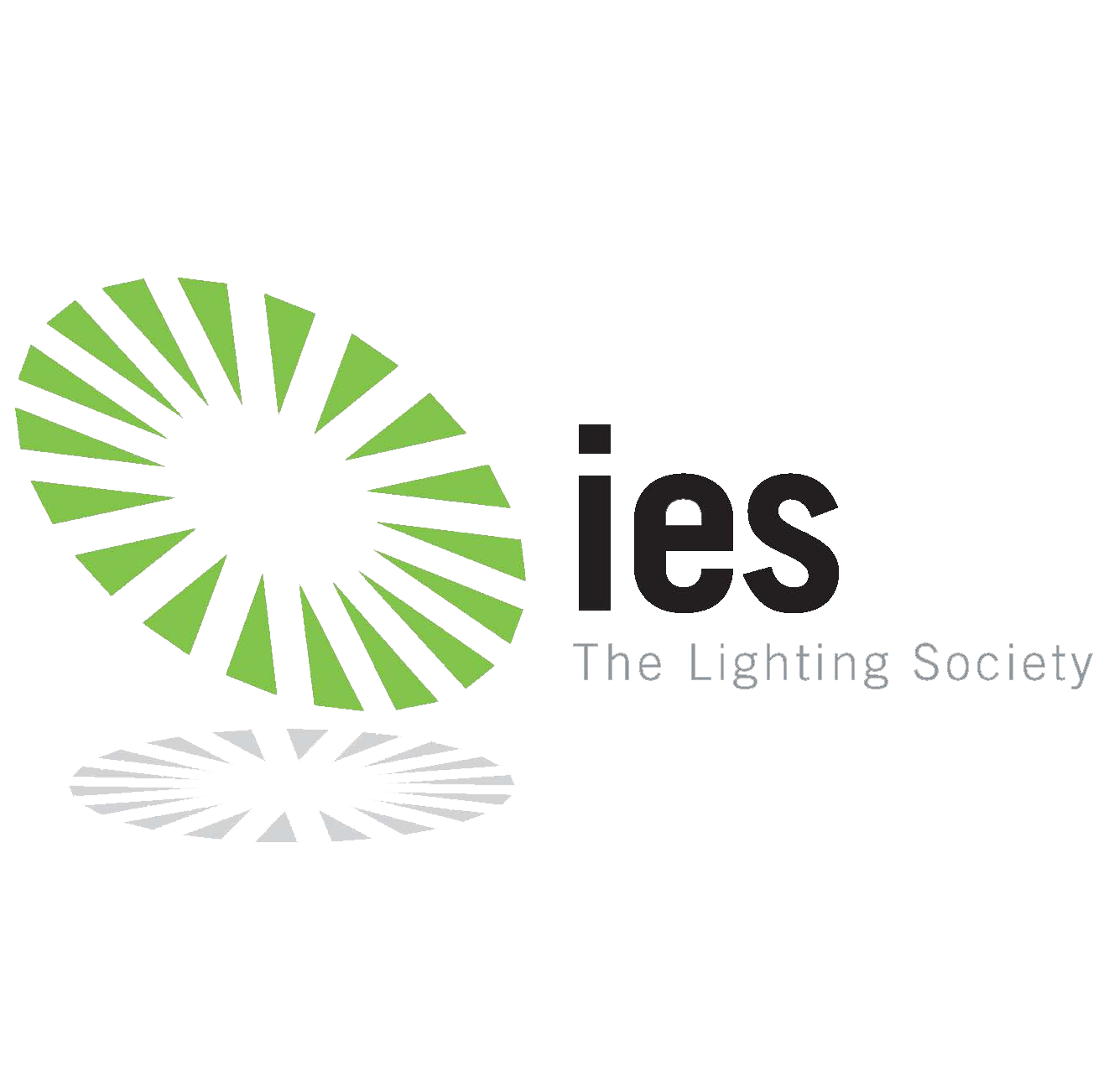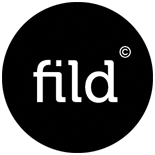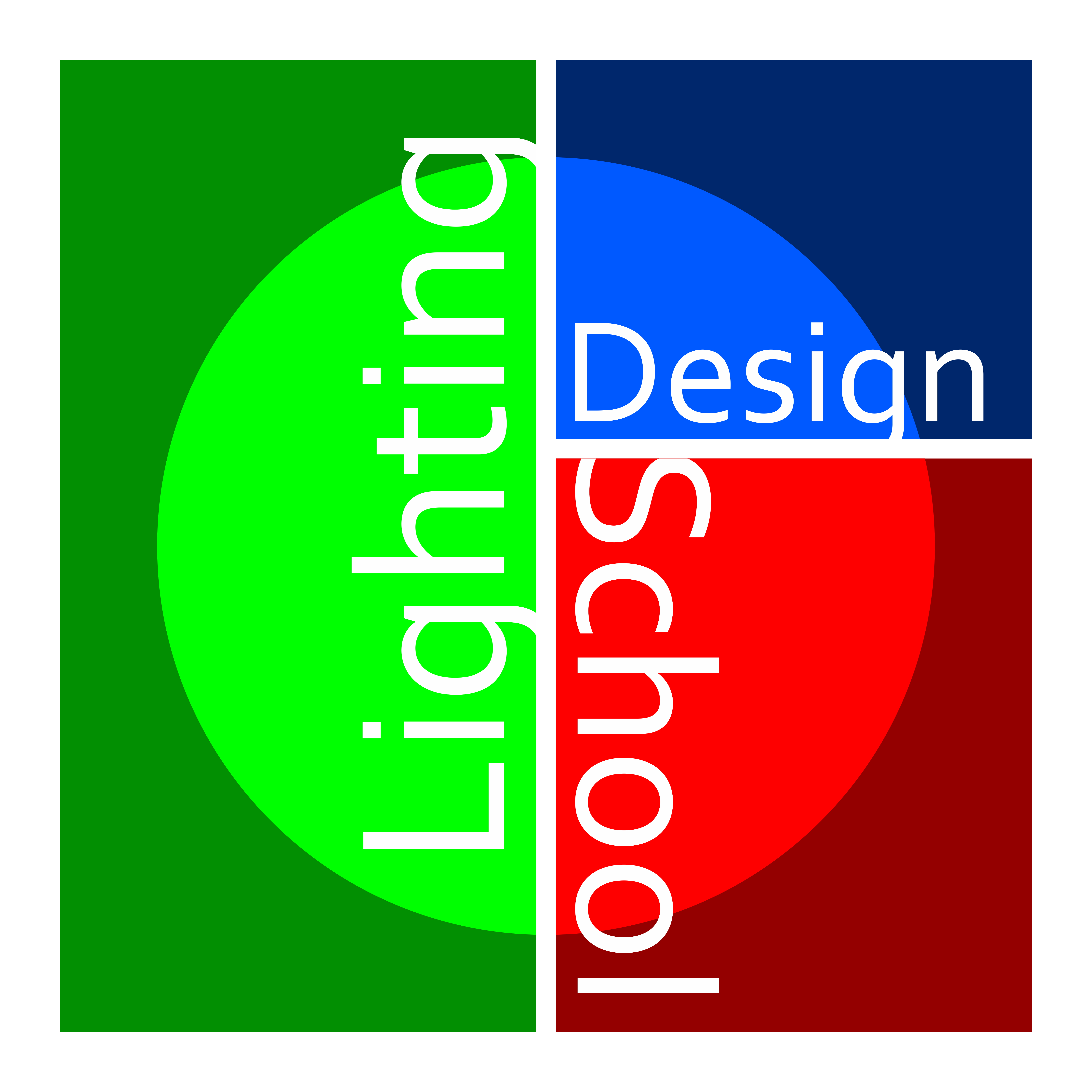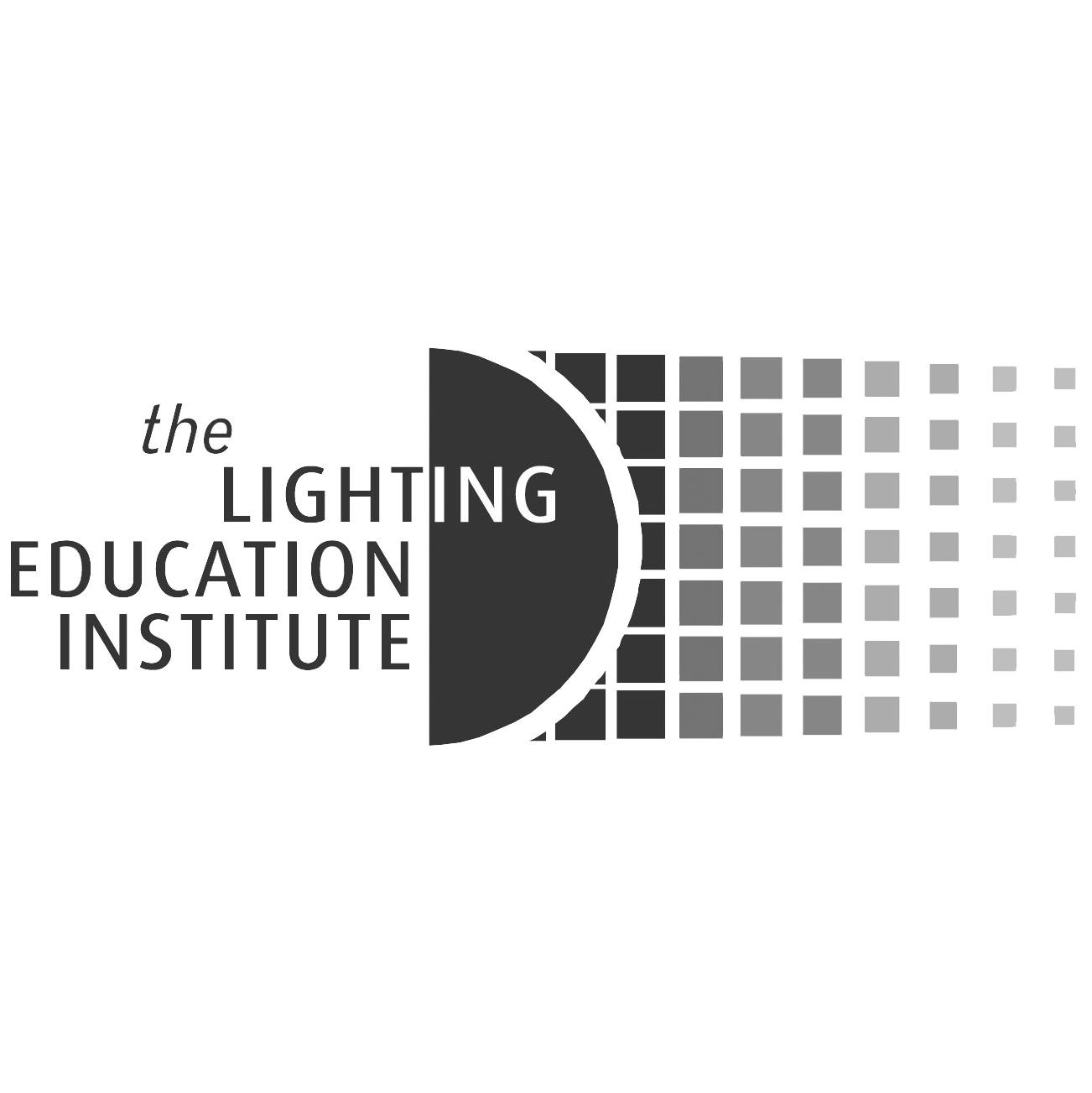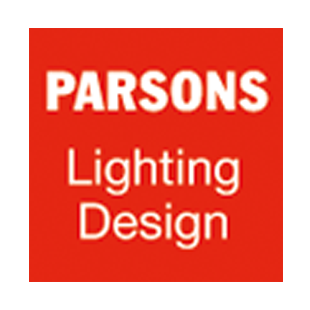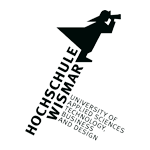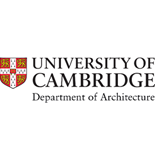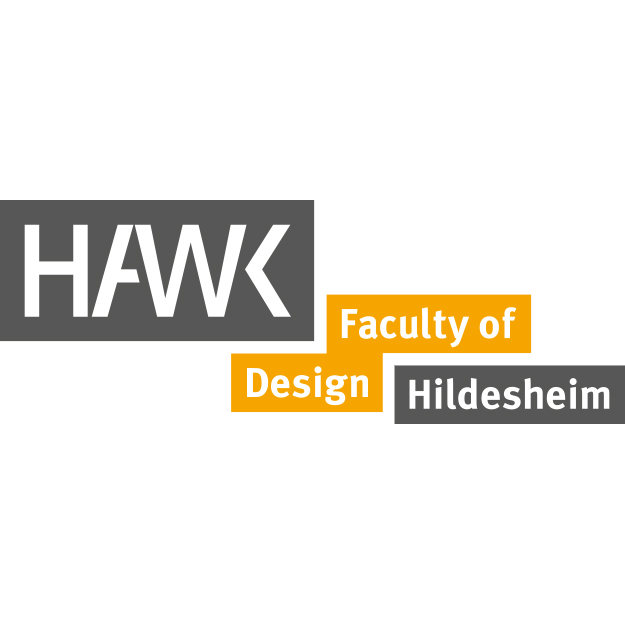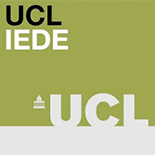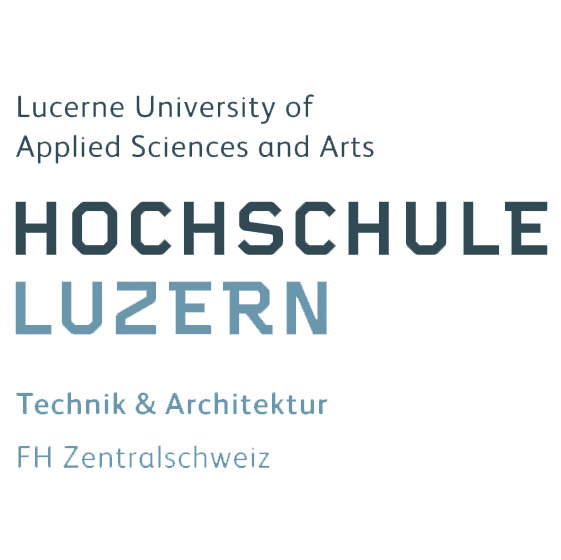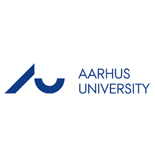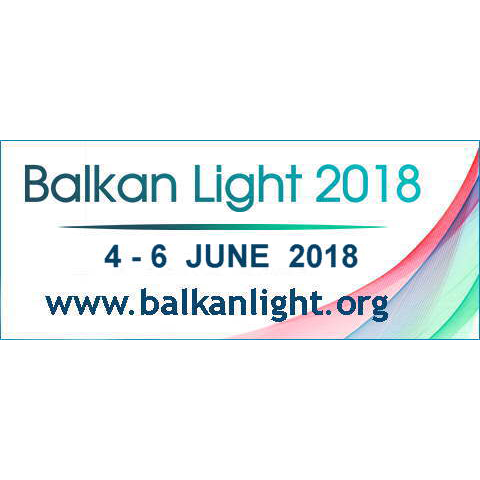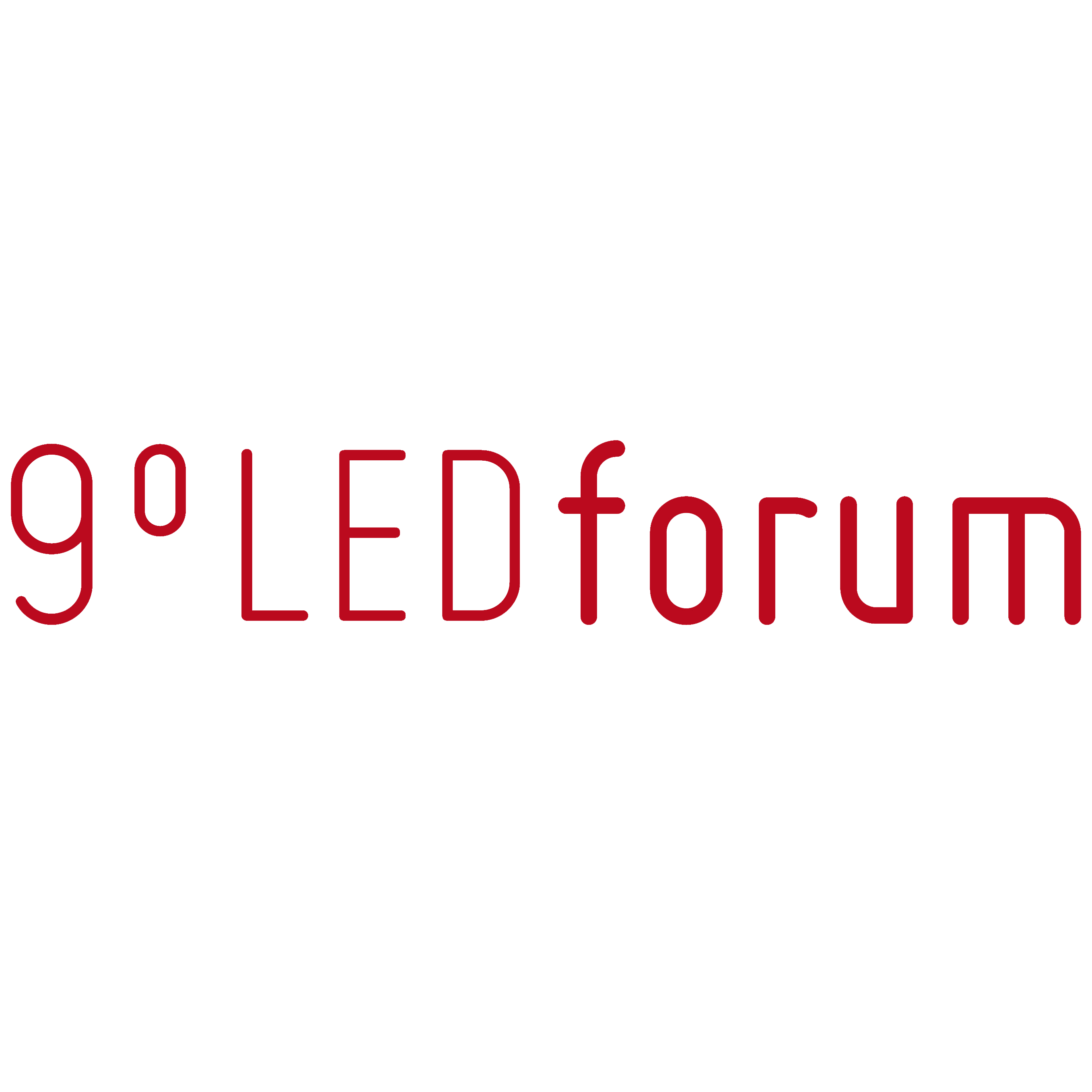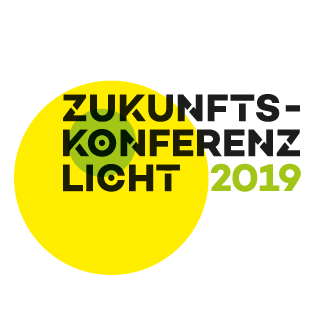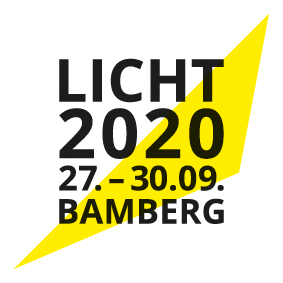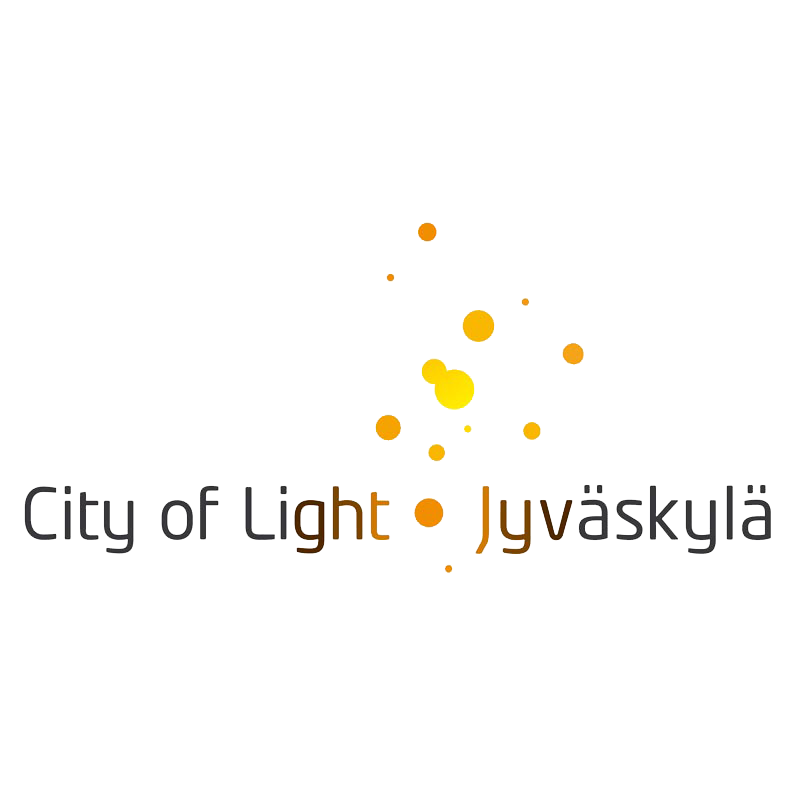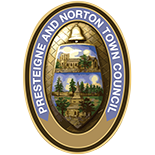Door 1
A smart move for the lighting design community – and a big step for the profession in Asia.
Review of PLDC 2018 in Singapore – by Joachim Ritter
Biggest gathering of the lighting design community in Asia to date.
Never before in Asia has a convention brought together nearly 800 attendees to discuss and develop the profession within the lighting design community. The Professional Lighting Design Convention, PLDC 2018 in Singapore clearly showed that the lighting culture in Asia is extremely profound, highly valuable and very unique. This was the first time that VIA-Verlag held PLDC outside Europe, and it gave the attendees the confidence to feel that professional lighting design in architecture is developing as fast in Asia as in the rest of the world.
As usual, PLDC kicked off with pre-convention meetings, albeit on a smaller scale but highly international. The meeting for educators and researchers comprised at least twelve different nationalities, all keen to move lighting education and research forward through enhanced cooperation and partnerships at lecturer and student level. The meeting also introduced the Light and Lighting Research Consortium (LLRC), a website due to be launched shortly (www. LLRC.edu.eu) and designed to create, promote and encourage interdisciplinary research in the field of light and lighting that can be directly applied by architects and lighting practitioners in their daily practice.
The Cities’ Forum was also a very high-level meeting. Following a keynote speech given by Mark Burton-Page, General Director of the LUCI (Lighting Urban Community Association), attendees learnt about the “Big Data Analytics Software for Urban Lighting” research project carried out by the City of St. Petersburg together with ITMO University. Dr. Andrey Bondarchuk, Chairman of the Power and Engineering Maintenance Committee, Government of St. Petersburg (TBC) and Dr. Natalia Bystryantseva from ITMO University were present to explain and answer questions.
Although this was the first time that PLDC had been staged outside Europe, the atmosphere was comparable to former editions – with an added layer of excitement and appreciation. Around two-thirds of the surprisingly high number of attendees (almost 800 in all) were from Asian countries, the rest from Europe and even North and South America.
The overall layout of the convention comprised a central networking area with the stand spaces of the sponsoring partners plus catering stations, with the conference rooms directly connected. Of course, we were accommodated in an extremely well-known location, Marina Bay Sands Hotel, which is iconic to say the least, but everyone present was focussed on the PLDC activities which ran from morning to evening and beyond.
The conference papers were well attended. The keynote speakers that headed the morning and afternoon sessions on both conference days left some attendees open-mouthed or even dazed. On the second day, award-winning German-born, Japanese architect Satoshi Teshima, who currently lives in the USA, gave a charming presentation of how he grew up and became interested in architecture, explaining then in more detail how he develops planning strategies today to create the authentic design solutions required for the wide range of projects he realises. In the afternoon, keynote speaker Sven Martin from Pixomondo Studios literally brought dragons into play, astounding the audience by explaining the importance of lighting design in his creative work. By integrating layers of light, Pixomondo creates the right light to conjure up the images of architecture, atmospheres and feelings that are a key part of the storytelling.
All papers were well received and gave rise to discussion. Professional practice topics addressed topics such as digital place-making and digital environments, human-focussed and science-based design, and intuitive design. Speakers addressing the topic of Experiential Environments shared their realised projects, which included hotels, high-end retail spaces, places of worship and the challenges of mixed-use developments.
Tobias Olsson from ÅF Lighting in Sweden described a car park in Lonköping/SE, combining transparent solar cells, daylight and electric light – all fitting in with the sustainable concept for the car-free housing area in the town.
Linus Lopez from Lirio Lopez Lighting Design Consultants in India gave an outstanding presentation on the context of place, time, application, philosophy and motivation in lighting design, underlining the role of the human being and addressing changing human behaviour over time.
Greta Smetoniute and Matt Waugh from Michael Grubb Studio managed to shock the audience with their observations and analysis of the manufacture, transport and waste disposal connected with even the simplest spotlight. The paper was considered to be merely the starting point to encourage serious change in the anti-environmental policies currently accepted as the norm.
Juan Ferrari from Hoare Lea gave his realistic view of the state of lighting design and how lighting designers – or rather experience designers – today need to face the challenges by gathering knowledge, collecting ideas and being able to integrate lighting into spaces to create design experiences. It was a relief, as well as motivating, to hear how this is possible thanks to the limitless number of tools designers have at their disposal.
The general feeling that held sway at PLDC in Singapore was one of determination and confidence that the necessary changes can be made. Lighting designers are not what they were five years ago! The scope of work has changed with the technology that is now available. But it is still the creative designer that needs to maintain control. With increasingly more lighting-related research outputs available, we have the chance to get it right. And if we are going to change anything, it had better be a smart move, otherwise it is not worth it.
















